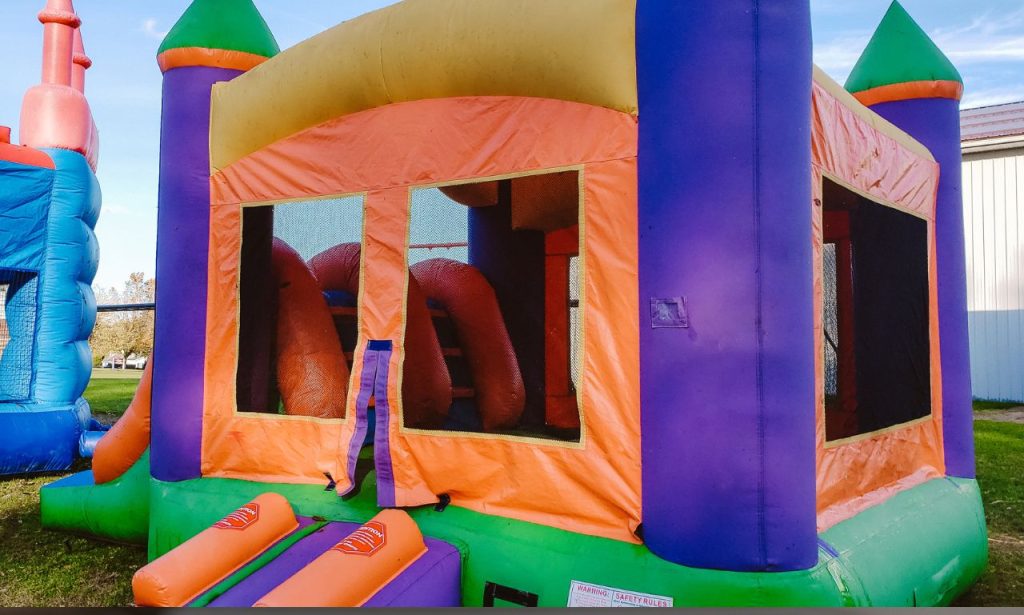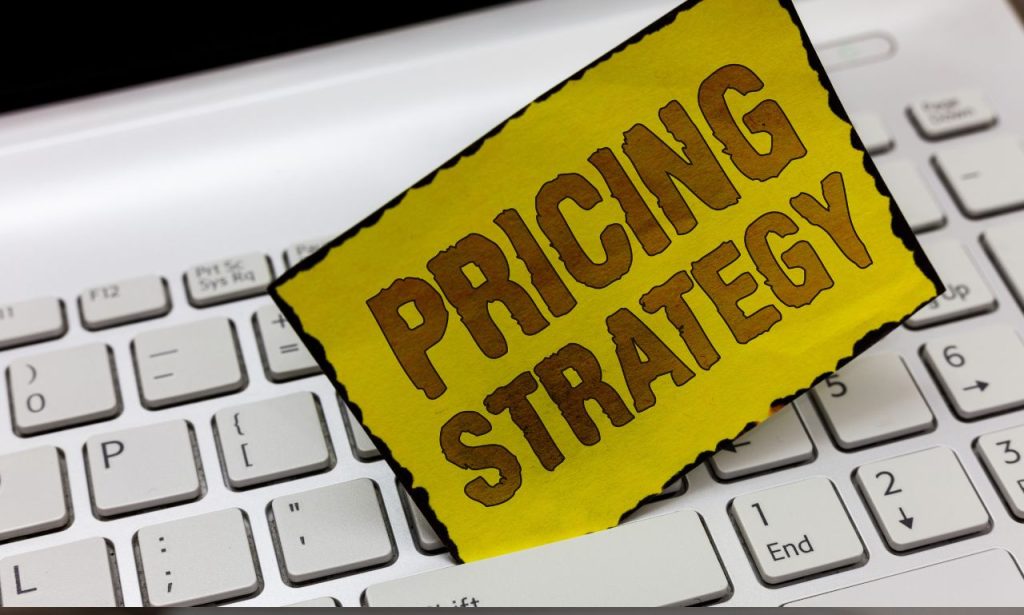The infectious laughter of children, the vibrant colors dancing in the sunlight, the sheer joy of bouncing – these are the sights and sounds of a successful bounce house rental business. But behind the scenes of every inflatable kingdom lies a foundation built on careful planning, strategic marketing, and unwavering dedication to safety and customer satisfaction.
This comprehensive guide will equip you with the knowledge and tools you need to transform your entrepreneurial dreams into a thriving bounce house rental business. We’ll delve deeper than the standard advice, providing you with insider tips and actionable strategies to help you stand out in a competitive market.
Research and Planning
Before you even inflate your first bounce house, it’s crucial to lay a solid foundation for your business. This involves understanding your target market, analyzing your competition, and crafting a detailed business plan.
Market Research

Think of market research as the bounce house of your business – it provides the essential foundation for everything else. Your goal is to identify your ideal customer and understand their needs, preferences, and spending habits.
Here’s how to get started:
- Define your target market: Are you focusing on families with young children, schools, community events, or a combination?
- Research demographics: Gather data on age groups, income levels, and family sizes in your target area. This information will help you tailor your offerings and marketing efforts.
- Analyze local trends: Are there seasonal events or popular party themes in your area that could influence demand?
- Survey potential customers: Use online surveys, social media polls, or even in-person conversations to gather feedback on pricing, preferred bounce house themes, and desired add-on services.
Competitive Analysis
Understanding your competitors is crucial for identifying opportunities and developing a unique selling proposition (USP).
Consider these key aspects:
- Identify your competitors: Research other bounce house rental businesses in your area, noting their pricing, services offered, target market, and online presence.
- Analyze their strengths and weaknesses: What are they doing well? Where can you improve upon their offerings?
- Identify market gaps: Are there any underserved niches or unmet needs in your local market?
- Develop your USP: What makes your business unique? This could be anything from offering specialized bounce houses to providing exceptional customer service.
Legal and Financial Foundations
With your research and planning complete, it’s time to tackle the legal and financial aspects of starting your bounce house rental business.
Legal Entity and Structure
Choosing the right legal structure is crucial for protecting your personal assets and ensuring your business operates within legal boundaries.
Common options include:
- Sole proprietorship: The simplest structure, where the business is owned and run by one person.
- Partnership: A business owned by two or more individuals.
- Limited liability company (LLC): Provides personal liability protection for its owners.
- Corporation: A more complex structure that offers liability protection but involves more paperwork and regulations.
Consult with a legal professional or business advisor to determine the best structure for your specific needs.
Licenses and Permits
Operating a bounce house rental business often requires specific licenses and permits. These vary depending on your location, so it’s crucial to research local regulations.
Common requirements include:
- Business license: A general license required for most businesses.
- Zoning permit: Ensures your business operates in a permissible location.
- Sales tax permit: If you plan to sell merchandise, you may need to collect sales tax.
- Amusement ride permit: Some areas classify bounce houses as amusement rides, requiring specific permits and inspections.
Contact your local city or county clerk’s office for detailed information on licensing and permit requirements in your area.
Equipment and Supplies
Now for the fun part – choosing the bounce houses and equipment that will form the heart of your business!
Selecting Your Bounce Houses
Investing in high-quality, durable bounce houses is paramount to your success.
Consider these factors:
- Durability and safety: Choose bounce houses made from commercial-grade, fire-retardant materials that meet ASTM safety standards.
- Size and capacity: Offer a variety of sizes to accommodate different age groups and event sizes.
- Themes and designs: Select popular themes that appeal to your target market, such as superheroes, princesses, or sports.
- Manufacturer reputation: Purchase from reputable manufacturers known for quality and safety.
- Warranty and repair options: Ensure the manufacturer offers a warranty and readily available repair services.
Essential Safety Equipment
Safety should be your top priority. Equip your business with essential safety equipment to prevent accidents and ensure a secure environment for everyone.
Must-have items include:
- Safety mats: Place these at the entrance and exit of bounce houses to cushion falls.
- First aid kit: Keep a well-stocked first aid kit readily available for minor injuries.
- Ground stakes: Securely anchor bounce houses to the ground using heavy-duty ground stakes, especially in windy conditions.
- Signage: Display clear safety rules and guidelines near bounce houses.
- Emergency contact list: Keep a list of emergency contacts easily accessible.
Costs and Pricing
Understanding your costs and establishing a profitable pricing strategy is essential for financial success.
Startup and Ongoing Costs
Starting a bounce house rental business involves various startup and ongoing costs.
Startup costs:
- Bounce houses and equipment: The most significant upfront cost, ranging from a few hundred to several thousand dollars per bounce house, depending on size and features.
- Transportation: Vehicle purchase or rental, trailer costs, and insurance.
- Insurance: General liability, product liability, and other necessary policies.
- Marketing and advertising: Website development, printed materials, and online advertising.
- Legal and accounting fees: Business registration, permit applications, and initial accounting setup.
Ongoing costs:
- Maintenance and repairs: Regular cleaning, inspections, and potential repairs.
- Insurance premiums: Recurring payments for your insurance policies.
- Transportation costs: Fuel, vehicle maintenance, and potential storage fees.
- Marketing and advertising: Ongoing efforts to attract new customers.
- Utilities and supplies: Electricity for blowers, cleaning supplies, and other miscellaneous expenses.
Developing Pricing Strategies

Pricing your rentals competitively while ensuring profitability is crucial.
Consider these factors:
- Competitor pricing: Research what your competitors are charging for similar rentals.
- Rental duration: Offer different pricing tiers for various rental durations, such as 4 hours, 6 hours, or a full day.
- Delivery fees: Charge separate fees for delivery, setup, and takedown, factoring in distance and travel time.
- Add-on services: Offer additional services like generators, tables, chairs, or concessions for an extra charge.
- Seasonal adjustments: Adjust pricing based on demand during peak seasons or for special events.
Conclusion
Starting a bounce house rental business can be an incredibly rewarding venture, bringing joy to children and families while building a successful and profitable enterprise. By following the steps outlined in this guide, you’ll be well-equipped to navigate the challenges, seize opportunities, and watch your inflatable empire flourish.
Remember, success in the bounce house rental business requires more than just inflating bouncy castles. It demands passion, dedication, a commitment to safety, and a genuine desire to create unforgettable experiences for your customers. So, embrace the journey, infuse it with your unique brand of fun, and get ready to bounce your way to entrepreneurial success!
ALSO READ: Best Side Hustles for Teachers
FAQs
Target indoor events: Promote your bounce houses for indoor events like birthday parties, school functions, or corporate gatherings.
Offer off-season discounts: Attract customers during slower months with discounted rates or package deals.
Partner with indoor venues: Collaborate with indoor play spaces, community centers, or event venues to offer bounce house rentals as an add-on service.
Run contests and giveaways: Generate excitement and leads during the off-season by hosting online contests or giveaways.
Create engaging content: Share blog posts, videos, or social media content about indoor party ideas, bounce house safety tips, or fun activities for kids.
Specialize in a niche: Focus on a specific theme, age group, or type of event, such as themed bounce houses for corporate events or toddler-friendly options for younger children.
Offer unique add-ons: Provide additional services that set you apart, such as concession stands, face painting, balloon animals, or party planning assistance.
Provide exceptional customer service: Go above and beyond to exceed customer expectations, offering personalized attention, flexible scheduling, and prompt communication.
Build a strong brand identity: Develop a memorable brand name, logo, and visual style that reflects your business’s personality and target market.
Collect customer testimonials: Showcase positive customer reviews and testimonials on your website and social media to build trust and credibility.
Always supervise: Ensure adult supervision is present at all times when bounce houses are in use.
Follow weight and capacity limits: Never exceed the manufacturer’s recommended weight and capacity limits for each bounce house.
Securely anchor inflatables: Use heavy-duty ground stakes to securely anchor bounce houses to the ground, especially in windy conditions.
Monitor weather conditions: Be prepared to evacuate bounce houses in case of high winds, lightning, or other inclement weather.
Inspect regularly: Inspect bounce houses before and after each rental for any signs of damage, wear and tear, or potential hazards.
Optimize pricing: Regularly review and adjust your pricing strategy to ensure competitiveness and profitability, considering factors like demand, seasonality, and operating costs.
Control expenses: Track your expenses carefully and look for ways to reduce costs without compromising quality or safety.
Offer package deals: Create attractive package deals that bundle multiple bounce houses or services at a discounted rate.
Upsell and cross-sell: Train your staff to upsell additional services or cross-sell related products, such as concessions or party favors.
Build a loyal customer base: Focus on providing exceptional customer service and building relationships with your clients to encourage repeat business and referrals.




